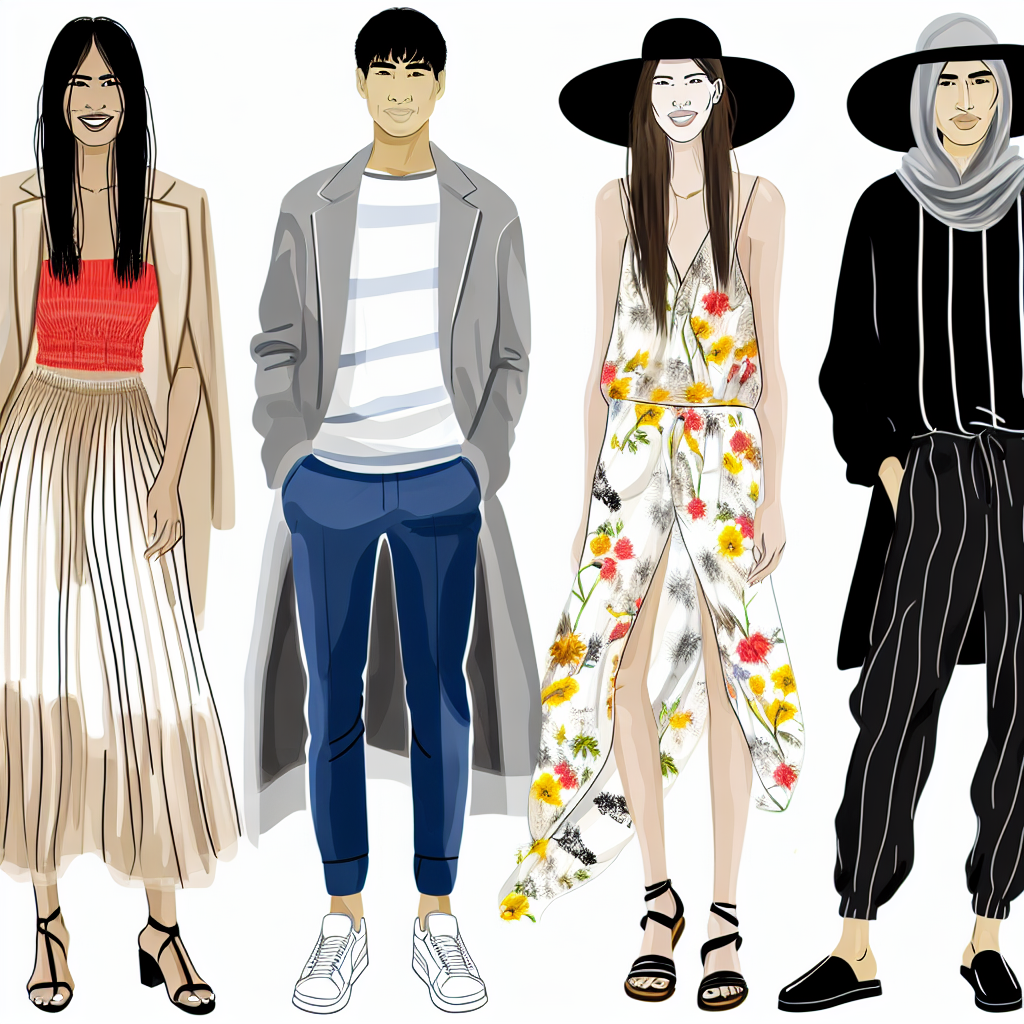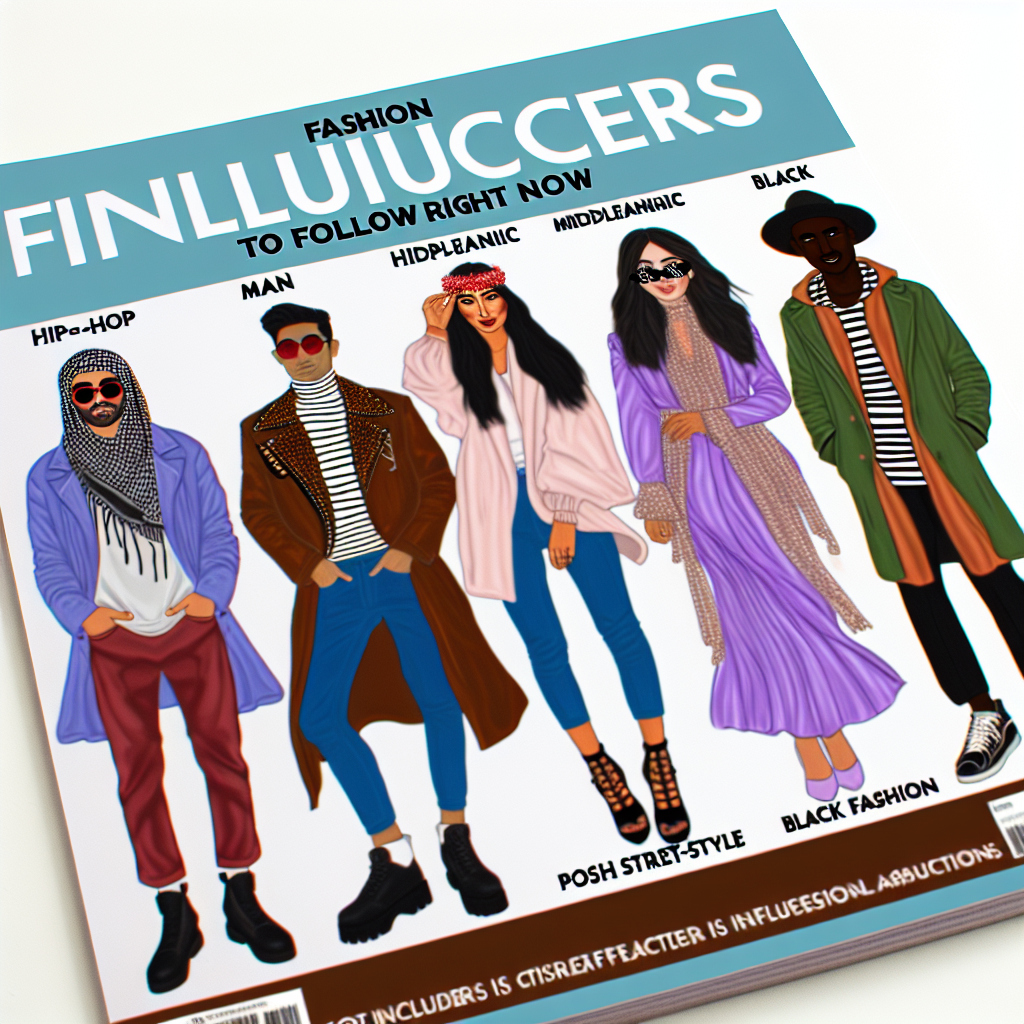As time marches on and technology continues to revolutionize industries, so too has workwear evolved to meet the ever-changing demands of the workplace. From humble beginnings of heavy, utilitarian garments to modern, stylish and functional attire, the evolution of workwear reflects not only advancements in materials and design, but also shifts in societal norms and cultural expectations. Join us on a journey through the history of workwear as we explore how it has adapted and transformed over the years to keep pace with the changing world of work.
Heading 1: Origins of Workwear: From Function to Fashion
Workwear has a rich history that dates back to centuries ago when functionality outweighed style. Originally designed for workers in labor-intensive industries, such as farming, construction, and manufacturing, workwear served a purely practical purpose. These garments were crafted from durable materials like canvas and denim to withstand the rigors of manual labor.
Over time, workwear has evolved beyond its utilitarian roots to become a fashion statement in its own right. What was once worn solely for its durability and functionality is now embraced for its rugged aesthetic and timeless appeal. From the iconic denim overalls to the classic chore coat, workwear has become a staple in both casual and high-end fashion.
Today, workwear continues to influence mainstream fashion, with designers drawing inspiration from classic workwear silhouettes and materials. The versatility and durability of workwear make it a popular choice among those seeking timeless pieces that stand the test of time. Whether worn on the job site or the city streets, workwear remains a symbol of craftsmanship, resilience, and effortless style.

Heading 2: Modern Trends in Workwear: Balancing Utility and Style
Over the years, workwear has undergone a significant evolution, moving away from bulky and unflattering uniforms to more stylish and functional attire. The modern trends in workwear focus on striking a balance between utility and style, catering to the needs of professionals across various industries.
One of the key elements of modern workwear is the incorporation of durable and high-performance fabrics that offer both comfort and functionality. From moisture-wicking materials to stretch fabrics that allow for greater mobility, today’s workwear is designed to keep up with the demands of a fast-paced work environment.
Another notable trend in modern workwear is the emphasis on customization and personalization. Companies are increasingly offering employees the opportunity to choose from a range of colors, fits, and styles to ensure that they feel confident and comfortable in their work attire. This shift towards personalized workwear not only enhances the overall aesthetic appeal but also boosts employee morale and productivity.
As the lines between work and leisure continue to blur, workwear brands are also focusing on creating versatile pieces that can easily transition from the office to after-work social events. From tailored blazers to chic dresses, modern workwear is no longer restricted to the confines of the workplace, allowing professionals to exude style and confidence wherever they go.
Heading 3: Sustainable Workwear: Choosing Eco-Friendly Options
With the growing awareness of sustainability and environmental impact, the world of workwear has been evolving to offer more eco-friendly options for businesses and individuals. Gone are the days of choosing between style and sustainability – now, you can have both! From materials to manufacturing processes, the workwear industry is making strides towards a greener future.
When choosing eco-friendly workwear, there are a few key factors to consider:
- Material: Opt for fabrics made from sustainable sources like organic cotton, bamboo, or recycled materials.
- Production: Look for brands that prioritize ethical manufacturing practices and fair labor conditions.
- Longevity: Invest in high-quality pieces that are built to last, reducing the need for frequent replacements.
- End of Life: Consider the recyclability or biodegradability of the workwear once it reaches the end of its use.
| Brand | Materials | Production |
|---|---|---|
| Green Threads | Organic Cotton | Fair Trade Certified |
| EcoWear Co. | Bamboo | Recycled Packaging |
By making conscious choices in your workwear selection, you can contribute to a more sustainable future while still looking polished and professional. The evolution of workwear is here, and it’s never been more exciting to make eco-friendly choices!
Heading 4: Customizing Workwear for Your Brand: Tips for a Professional Look
When it comes to customizing workwear for your brand, the possibilities are endless. With the right tips and tricks, you can achieve a professional look that truly represents your company and its values. Whether you’re looking to upgrade your current workwear or create a brand new uniform, these tips will help you achieve the perfect look.
Choose the right colors: When customizing workwear for your brand, it’s important to choose colors that reflect your company’s brand identity. Whether you stick to traditional colors or opt for something more bold and modern, make sure the colors you choose align with your brand’s image.
Consider custom embroidery: Adding your company logo or name to your workwear through custom embroidery can help create a professional and polished look. Whether you choose to add it to shirts, hats, or jackets, custom embroidery is a great way to elevate your brand.
Invest in quality materials: When customizing workwear for your brand, it’s important to invest in quality materials that are both durable and comfortable. Choosing high-quality fabrics will not only ensure that your workwear looks professional, but also that it stands the test of time.
As we have traced the evolution of workwear from its humble beginnings to its modern-day iterations, one thing is clear: workwear is more than just clothing; it is a reflection of the changing nature of work and society as a whole. From the crude coverings of our ancestors to the sophisticated uniforms of today, workwear has adapted and transformed to meet the needs and demands of the ever-evolving workplace.
As we continue to push the boundaries of innovation and technology, it is certain that workwear will continue to evolve alongside us, reflecting the shifts in our culture, values, and priorities. So as we don our workwear each day, let us remember the rich history and significance behind the garments we wear, and the stories they tell about the way we work. Workwear may change, but its importance in shaping our identities and experiences will always remain constant.



